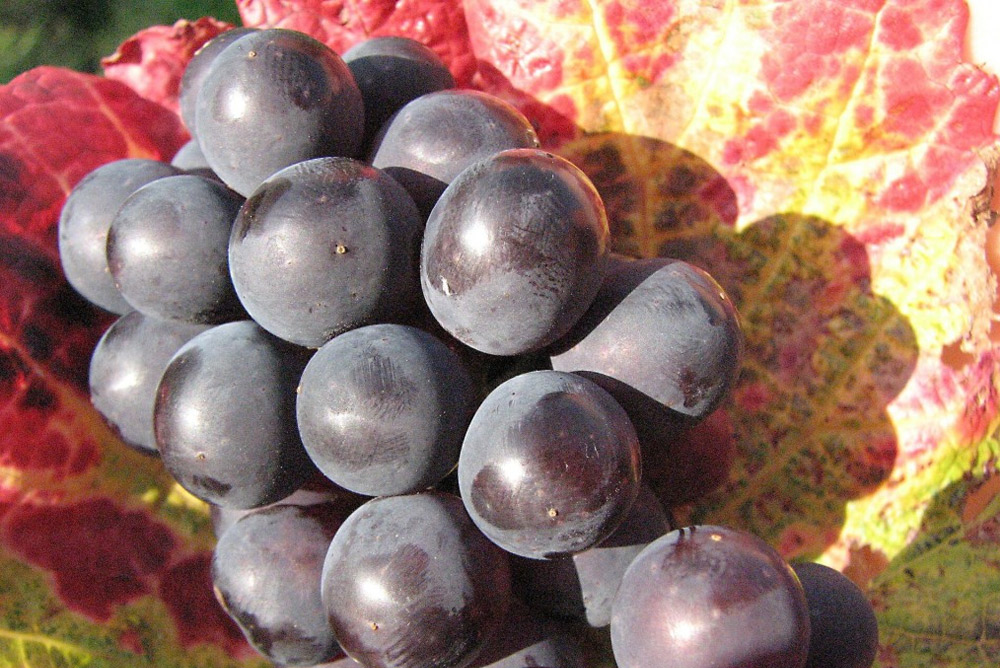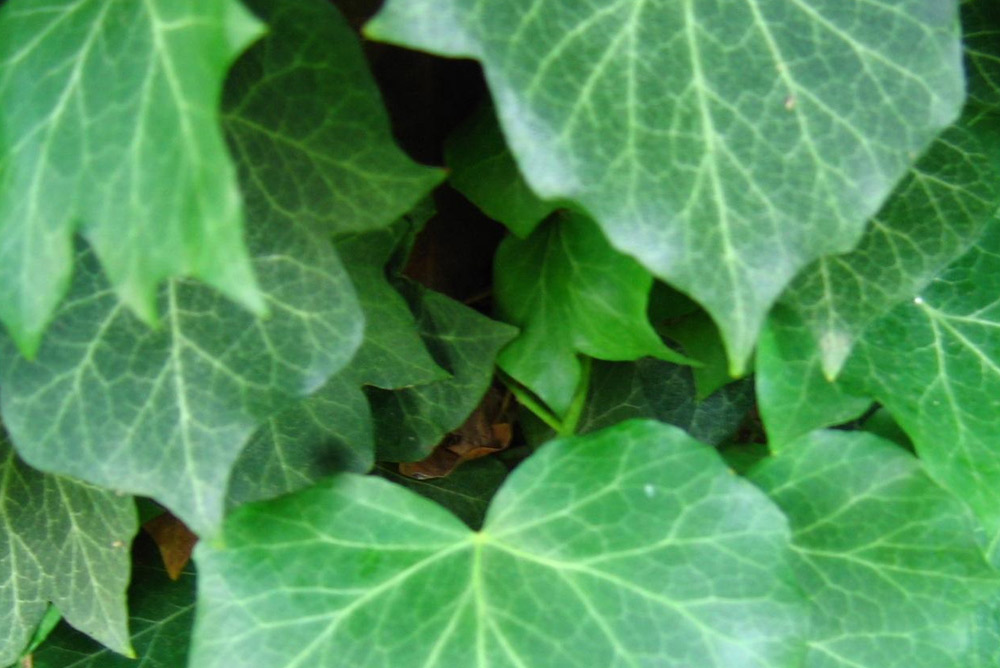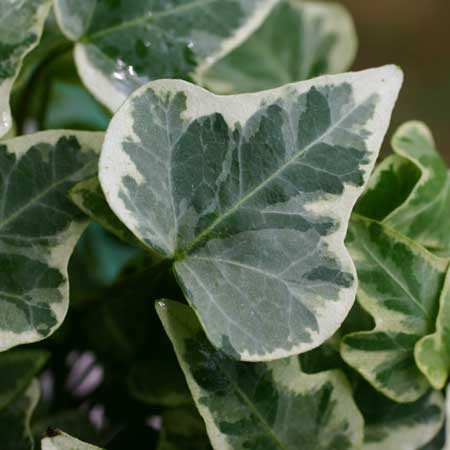
B L N F S H D T C M G P R A O U E I


cha b'e murt a bh'air d'aire,
cha b'e muchadh,
cha b'impireachd,
nuair a ghabh thu greim teann
ait taigh, air drochaid,
creag no craobh,
ach d'fheum airson na h-aile
ruigheachd, anail gorm
na greine, 's do dhuileach
mar shaighdean beo
is deonach airson leigheas
do gach galair seice's
mionach, 's na do raithe
fleadh do bheach is speach
a' sugh do bhlathan,
is meas do lionad na
chuirm do ghobhlan-gaoithe 's
smeorach, chan fhaicear
dreathen na do chuiltean,
righ beag brodachail nan ian
ach cleoc thu, do gach deargan
's dion 'n a luchairt, do
gach righ
murder was not your intention
nor asphyxiation,
it was no imperialism
when you wrapped a tight grip
around house, bridge,
rock or tree,
but your need to reach
the air, the sun's green
breath, your leaves like
living arrowheads
eager to be healing
every malady of skin
and gut, and in your season
wasp and bee feast on
your blossom's nectar,
while your berries' fullness makes
banquet for thrush and
swallow, nor can the wren be
spotted in your shadows,
haughty little king of birds
but you're a cloak, to every flea
and in his secure palace, to
every king
Although ivy is not a tree in a commonly understood sense, it is the only member of its family of climbers (aralia) found in northern woodlands to carpet ground, trees, rocks or walls.
Growing up to a height of seventy feet, it does not strangle its host tree (contrary, again, to the common understanding), however ivy does frequently block out the light from reaching its host tree. Able to live with minimal light, ivy may completely carpet ground in woodland, yet it does well on various soils or even simply minerals, such as old walls, and can live for hundreds of years
With tiny rootlets that take hold of a tree surface, ivy shoots begin their climb. These shoots have shiny, dark-green leaves, three or five-lobed, with white veins. Once established in a shady place, a different form of ivy leaf and shoot appear, one that does not require to climb and which grows instead the heart shaped, pointed leaves which can be effective to the lower part of the human body, such as the spleen or on corns.
These larger leaves produce bunches of yellow green flowers which turn to black berries in autumn, with three to five seeds to each berry. Although eaten by birds, who distribute the seed, the berries are inedible to humans (and horses). aralia family: araliaceae ivy (hedera helix)
If used in decoctions, ivy leaves can cure ear and eye problems, loosening mucus in sinusitis and treat inflammatory bronchial conditions and chronic bronchitis.
From early (Neolithic) times the leaves were used for animals, hence an old german name of ep-heu, (heu being hay). The black ivy berries are used for wine in Europe but the English variety are generally poisonous


Dedicated to Osiris in ancient Egypt and to Dionysus in Greece, the ivy is associated with the wild. Along with the vine, priests and followers of Dionysus wore ivy wreaths in wild ceremonies and the leaf, though toxic, is hallucinatory. Curiously, cups made of ivy wood counterbalance unwanted side effects of alcohol, and later, in the Middle Ages, ivy leaves mashed in vinegar were used to soothe a hangover.

A painted effect on the non-climbing leaf. In fact, well into the nineteenth century, many english pubs displayed a large ivy wreath hanging outside. Both vine and ivy grow spirally and both symbolise resurrection (strength preserved in the wine and the spiral of the years).
Widely understood as the counterpart of the holly, where the 'holly boy' complements (and competes with) the 'ivy girl', branches of both are brought into the house at Christmas throughout England and Wales.

Representing peace to the Druids, ivy's ability to bind different plants or even different kinds of plants together is mirrored in modern weddings, where it symbolizes fidelity.